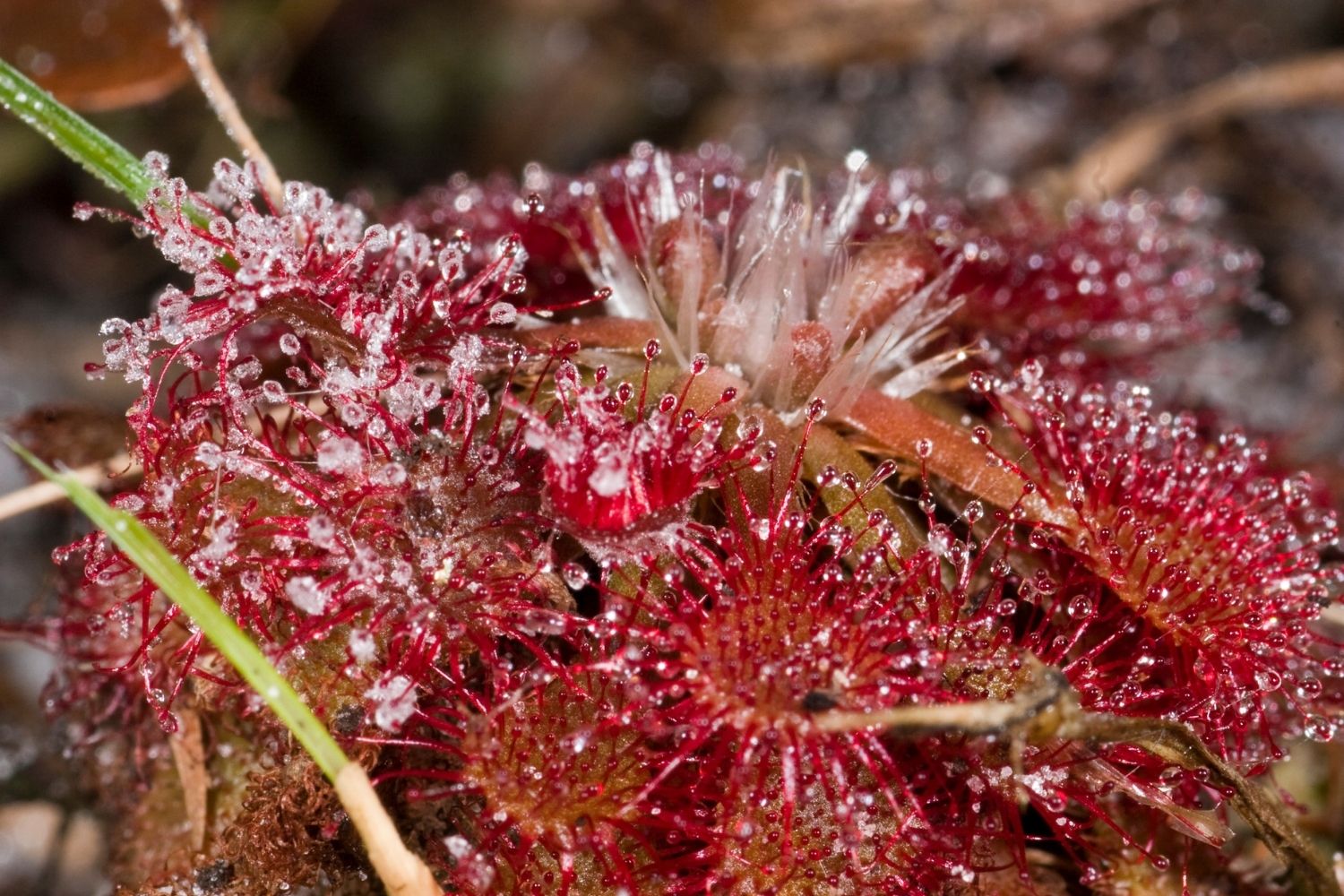Secrets Of South Carolina’s Carnivorous Sundew Meadows

Have you ever heard of South Carolina's carnivorous sundew meadows? These unique spots are home to some of the most fascinating plants you'll ever see. Sundews are tiny, sticky plants that trap and digest insects. They thrive in the wet, sandy soils of the Carolina bays and other coastal plain habitats. Visiting these meadows feels like stepping into another world, where plants have turned the tables on insects. Whether you're a nature lover, a budding botanist, or just curious about unusual plants, South Carolina's sundew meadows offer a glimpse into the wild and wonderful world of carnivorous plants.
Discovering South Carolina's Carnivorous Sundew Meadows
South Carolina, known for its charming beaches and historic towns, hides a lesser-known wonder: carnivorous sundew meadows. These unique ecosystems are home to the fascinating sundew plant, which traps insects with its sticky, glistening leaves. Let's explore some of the best spots to witness these captivating plants in their natural habitat.
Francis Marion National Forest
Francis Marion National Forest offers a diverse landscape, including wetlands where sundews thrive. This forest, named after a Revolutionary War hero, is a haven for nature lovers.
I'on Swamp Trail: This trail winds through wetlands, providing a perfect environment for sundews. Keep an eye out for these tiny, sparkling plants along the path.
Wambaw Creek Wilderness: Paddle through this serene wilderness area to spot sundews along the water's edge. The slow-moving creek offers a peaceful way to observe these plants up close.
Congaree National Park
Congaree National Park, with its old-growth bottomland hardwood forest, is another excellent location to find sundews. The park's diverse ecosystem supports a variety of plant and animal life.
Boardwalk Loop Trail: This elevated trail takes you through the heart of the park's wetlands. Look for sundews among the mosses and ferns that carpet the forest floor.
Bluff Trail: A less-traveled path, Bluff Trail offers a quieter experience. Sundews can be found in the damp, shaded areas along the trail.
Carolina Sandhills National Wildlife Refuge
Carolina Sandhills National Wildlife Refuge, known for its rolling sandhills and longleaf pine forests, also hosts sundew meadows. The refuge's unique terrain supports a variety of rare plants.
Oxpen Lake: The shores of Oxpen Lake are dotted with sundews. Visit during the early morning or late afternoon for the best chance to see these plants glistening in the sunlight.
Martin's Lake: Another great spot within the refuge, Martin's Lake offers a tranquil setting to observe sundews. The lake's edges are prime locations for these insect-eating plants.
Savannah National Wildlife Refuge
Straddling the border between South Carolina and Georgia, Savannah National Wildlife Refuge is a sprawling wetland area teeming with wildlife, including sundews.
Laurel Hill Wildlife Drive: This scenic drive takes you through the heart of the refuge. Sundews can often be seen along the roadside in the wetter sections.
Kingfisher Pond: A popular spot for birdwatching, Kingfisher Pond also hosts sundews along its banks. Bring binoculars to spot both birds and plants.
Santee Coastal Reserve
Santee Coastal Reserve, with its mix of tidal marshes and forests, is a hidden gem for sundew enthusiasts. The reserve's diverse habitats provide ideal conditions for these plants.
Maritime Forest Trail: This trail meanders through a lush forest, where sundews can be found in the moist, shaded areas. The trail offers a peaceful escape into nature.
Cedar Island Trail: Explore this trail to find sundews growing in the wetland areas. The trail's varied terrain makes for an interesting hike with plenty of opportunities to spot these unique plants.
South Carolina's Hidden Gem
South Carolina's carnivorous sundew meadows offer a unique glimpse into nature's wonders. These fascinating plants, with their sticky, dew-covered leaves, capture insects in a way that seems almost magical. Visiting these meadows provides an opportunity to see a rare ecosystem up close. The sundews thrive in the state's boggy areas, creating a vibrant, living landscape.
Exploring these meadows is not just about the plants. It's about experiencing a part of South Carolina that many overlook. The beauty of the sundews, combined with the rich biodiversity of the area, makes for an unforgettable adventure. Whether you're a nature enthusiast or just looking for a unique outing, the sundew meadows are a must-see.
Plan a visit to these incredible meadows. Witness the delicate balance of nature and the remarkable adaptations of the sundew. South Carolina's hidden gem awaits.

